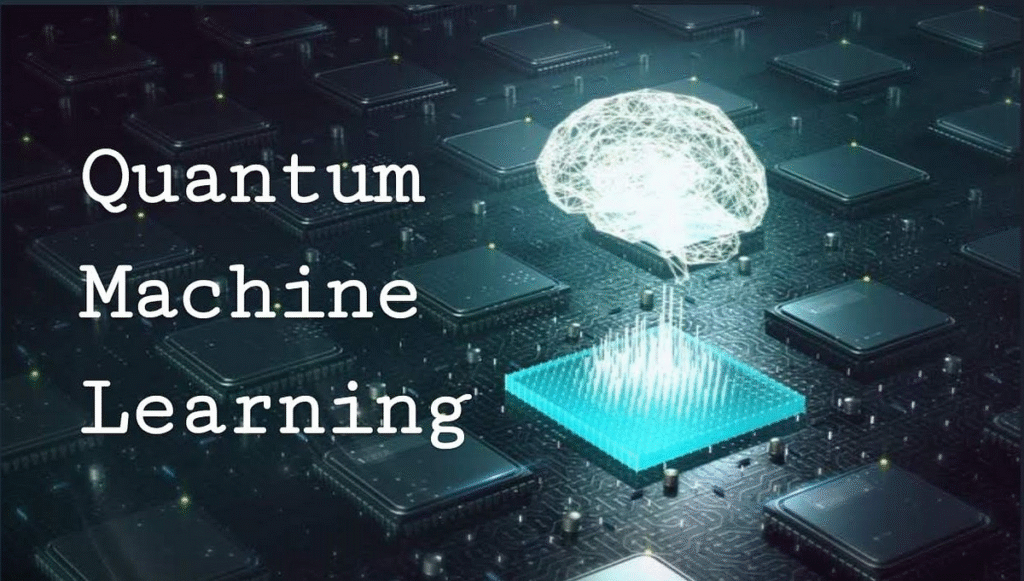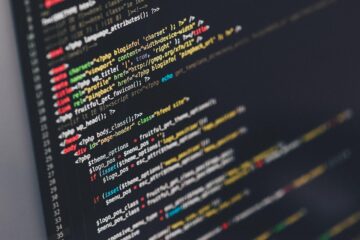
In the ever-evolving world of technology, two of the most revolutionary fields are Artificial Intelligence (AI) and Quantum Computing. While AI is transforming industries through intelligent automation, data analysis, and decision-making, quantum computing promises to unlock unprecedented computational power. The intersection of these two domains has given rise to Quantum Machine Learning (QML) — a frontier that may redefine how machines learn.
But what exactly is quantum machine learning, and can qubits — the building blocks of quantum computers — really teach AI to learn faster? Let’s dive deep into this fascinating blend of physics and computer science.
What is Quantum Machine Learning (QML)?
Quantum Machine Learning is the integration of quantum algorithms with classical machine learning techniques. At its core, it aims to harness quantum computers to improve the speed, efficiency, and accuracy of machine learning models.
In classical computing, information is processed using bits — binary values of 0 or 1. Quantum computing, on the other hand, uses qubits. Unlike bits, qubits can exist in superpositions, representing both 0 and 1 at the same time. This unique property allows quantum computers to perform parallel processing on a scale unimaginable with traditional computers.
Why Combine Quantum Computing with Machine Learning?
AI and machine learning require enormous computational resources to train models, especially when dealing with:
- High-dimensional data
- Complex neural networks
- Large datasets
Quantum computing offers theoretical advantages that can accelerate certain machine learning tasks, including:
- Faster optimization
- Efficient data classification
- Advanced pattern recognition
The ultimate goal of QML is not just speed but achieving solutions that are currently impossible or impractical with classical systems.
Key Concepts: Qubits, Superposition, and Entanglement
Before understanding how qubits can boost AI, let’s unpack some foundational quantum concepts:
1. Qubits
A qubit is the quantum analog of a classical bit. A single qubit can represent 0, 1, or both at once (a state called superposition).
2. Superposition
Superposition allows a quantum system to be in multiple states simultaneously. This means quantum algorithms can analyze multiple possibilities at once, significantly reducing computation time.
3. Entanglement
Entangled qubits are interconnected such that the state of one qubit affects the state of another, even across large distances. This allows for faster information transfer and more efficient computation.
Together, these phenomena enable quantum parallelism — performing multiple calculations simultaneously, a key to faster machine learning.
Applications of Quantum Machine Learning
1. Data Classification
Quantum algorithms can classify data more efficiently by mapping data into higher-dimensional quantum states, allowing for better separation of classes. Quantum support vector machines (QSVMs) are one example of this.
2. Clustering and Pattern Recognition
Quantum clustering can group data points using quantum states to find patterns faster than traditional algorithms. This is particularly useful in image and speech recognition.
3. Natural Language Processing (NLP)
Quantum computing may improve NLP tasks like translation, sentiment analysis, and chatbot interactions by optimizing contextual understanding more efficiently.
4. Drug Discovery and Genomics
In bioinformatics, machine learning models enhanced with quantum power can analyze complex genetic structures and predict drug interactions faster, potentially saving years of research.
How Quantum Computing Speeds Up Machine Learning
The real magic lies in quantum speedups. Here’s how qubits make a difference:
1. Faster Matrix Operations
Machine learning models often rely on matrix manipulations. Quantum computers can perform these operations in logarithmic time compared to linear time on classical machines.
2. Efficient Optimization
Training machine learning models involves finding optimal weights and minimizing loss functions — tasks that quantum computers can potentially accelerate via algorithms like the Quantum Approximate Optimization Algorithm (QAOA).
3. Dimensionality Reduction
Quantum algorithms can perform efficient dimensionality reduction, a critical step when dealing with high-dimensional datasets in AI.
Real-World Examples of Quantum Machine Learning
While still in the early stages, companies and research institutions are already exploring QML:
- Google AI and IBM Quantum are developing hybrid quantum-classical models.
- Xanadu offers PennyLane, a tool for QML using photonic quantum computing.
- Zapata Computing uses QML for business optimization and predictive analytics.
- Volkswagen and Daimler have tested QML to optimize traffic flow and battery efficiency.
These use cases are evidence that quantum-enhanced AI is not just theoretical — it’s already being prototyped.
Challenges in Quantum Machine Learning
Despite its potential, QML is not without hurdles:
1. Hardware Limitations
Quantum computers are still in the NISQ era (Noisy Intermediate-Scale Quantum), meaning they are error-prone and not yet scalable.
2. Data Input Bottlenecks
Loading classical data into quantum states is a time-consuming process known as the quantum data loading problem.
3. Algorithm Design
Designing quantum algorithms that outperform classical ones is a non-trivial task requiring deep understanding of both quantum mechanics and AI.
4. Lack of Talent and Tools
The field is highly specialized, and there is a shortage of experts who understand both machine learning and quantum computing.
The Future of Quantum AI
So, can qubits teach AI to learn faster?
Yes — in theory. Quantum computing offers enormous potential to revolutionize how machine learning models are built and trained. Qubits allow systems to perform massive parallel computations, solve complex optimization problems, and work with high-dimensional data more efficiently than classical systems.
However, practical QML applications are still in their infancy. We are a few years (or even decades) away from fully unlocking the power of quantum-enhanced AI. The field will likely progress through hybrid models, where classical and quantum systems work in tandem.
Final Thoughts
Quantum Machine Learning is not just a buzzword — it’s a glimpse into the future of intelligent computing. While challenges remain, the potential of qubits to teach AI to learn faster, process data smarter, and solve problems quicker is undeniable.
As both AI and quantum hardware evolve, we can expect breakthroughs that will redefine industries ranging from finance and healthcare to logistics and cybersecurity.
If you’re in tech, AI, or data science, now is the time to start exploring the quantum frontier. The next leap in machine learning may not just come from better algorithms — but from better physics.



1 Comment
Jayshree · August 8, 2025 at 2:24 pm
Hi
It is nice blog.😊😊😊😊😊